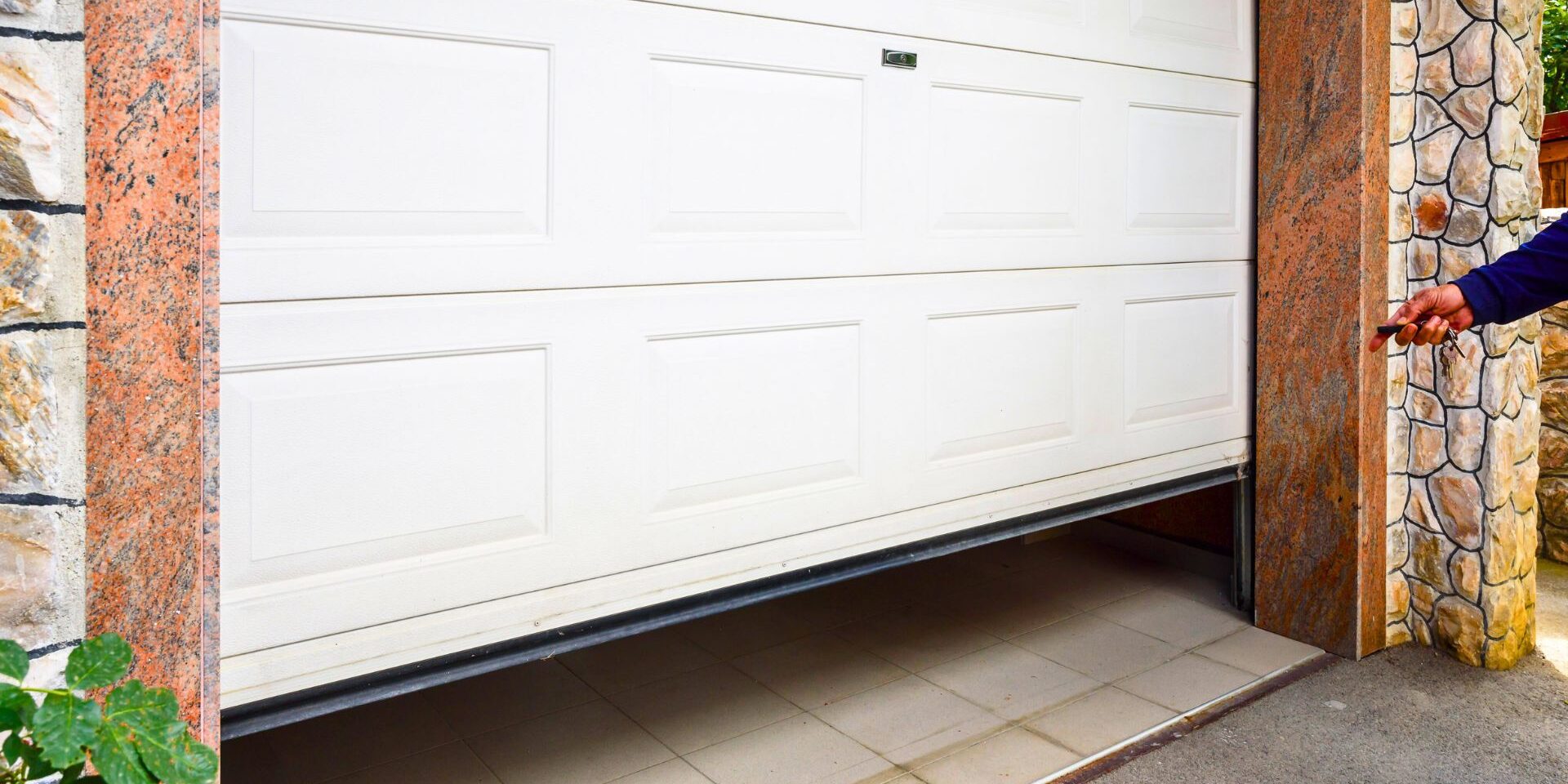As summer approaches and temperatures begin to soar, maintaining a comfortable and safe environment in your garage can be a challenge. Many homeowners consider cracking open their garage door a few inches as a simple solution to reduce the heat. While this method might seem effective at first glance, it comes with several considerations that need to be weighed carefully. Is it okay to crack open the garage door in the summer for cooling purposes? Let’s find out!
Understanding the Garage Environment
Garages are typically not as well insulated as the rest of the home, making them susceptible to extreme temperature fluctuations. This can make the garage an uncomfortable place in summer, and potentially damage stored items such as electronics, paints, and other heat-sensitive materials. Therefore, finding efficient ways to manage garage temperatures during hot weather is important.
Benefits of Cracking Open the Garage Door
Improved Ventilation:
By opening the garage door slightly, you can improve air circulation within the space. This can help to dissipate heat and lower the temperature inside the garage, making it more bearable during hot weather.
Reduction of Humidity:
In areas with high humidity, a slightly open garage door can help reduce moisture buildup. This is particularly beneficial for preventing mold and mildew growth, which thrive in damp, warm conditions.
Cost-Effectiveness:
Cracking the garage door open is a free way to cool the space, unlike using air conditioning or electric fans, which consume energy and increase utility bills.
Risks of Cracking Open the Garage Door
While there are benefits, there are also significant risks to consider before deciding to keep your garage door partially open:
Security Concerns:
An open garage door, even partially, can be an invitation to burglars. It may provide enough space for an intruder to enter or allow them to reach and release the emergency opener release mechanism, giving them full access to your garage and possibly your home. Check out our tips for Protecting Your Garage Door From Intruders
Pest Intrusion:
Cracking open the garage door can also allow pests such as rodents, insects, and other animals to enter. Once inside, they can create nests, cause damage, or spread disease. This can also lead to infestations that might require costly pest control solutions.
Compromised Privacy:
With the garage door cracked open, it’s easier for passersby to see inside, potentially compromising your privacy and exposing valuable items like tools, bicycles, and vehicles to potential thieves.
Limited Cooling Effect:
The effectiveness of this method depends on the external temperature and wind direction. On extremely hot days with little breeze, cracking the door open may not provide significant cooling.
Energy Efficiency:
If your home is connected to your garage and your air conditioning is running, you might be losing cool air through the open garage door. This can decrease your home’s overall energy efficiency and increase cooling costs.
Alternatives to Cracking Open the Garage Door
Considering the risks, here are some safer alternatives to cool your garage during the summer:
Use a Portable Air Conditioner or Fan:
Installing a portable air conditioner or using an industrial fan can help circulate air and reduce temperatures without compromising security.
Improve Insulation:
Adding garage door insulation can help maintain a more stable temperature inside the garage, reducing the need for cooling.
Dehumidifiers:
Using a dehumidifier can help remove excess moisture from the air, making the garage feel cooler and preventing mold growth.
Install a Ventilation System:
Consider installing a proper ventilation system, such as an exhaust fan, which can help expel hot air and draw in cooler air without needing to open the garage door.
Use Reflective Paints:
Painting the garage with reflective colors can help deflect sunlight and reduce the amount of heat absorbed by the garage.
While cracking open the garage door in the summer can offer a quick way to cool the space, it is important to weigh this benefit against the potential risks of security, pest intrusion, and decreased energy efficiency. Exploring alternative cooling methods can provide effective cooling results while ensuring the safety, security, and efficiency of your home.







